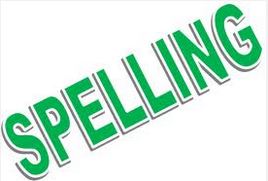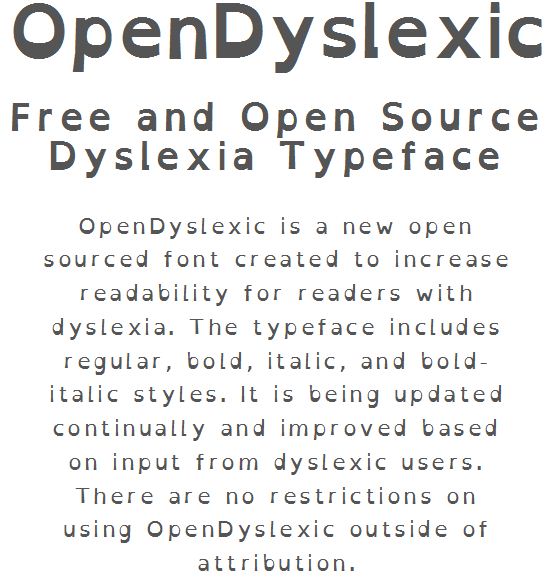Spelling is an important literacy skill for all subjects at every year in school. PowerPoint presentation animations can be a useful tool for getting students to practice saying and spelling new words when they are starting a new topic. Here is an example of an automated spelling PowerPoint presentation I’m using with my Year 9 Science class. List 1_Spelling_Practice_Sound
We have just started a unit on sound and light. This presentation contains our first ten spelling words and I like using this style of automated spelling presentation at the beginning of a lesson to help familiarise students with new terms and how to spell them.
If you like this presentation and would like to use your own word list you could download it and change the words the animation will still work. If you’re interested in how to create the animation this page is helpful.



 Mohamed El-Ashiry takes a look at how Evernote can be used in the classroom
Mohamed El-Ashiry takes a look at how Evernote can be used in the classroom